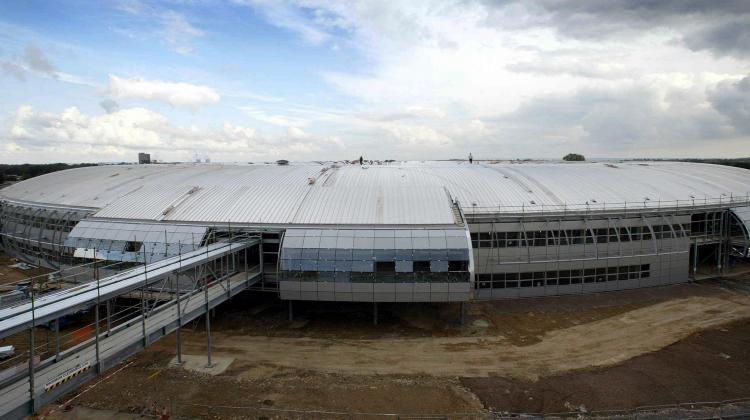Polish researchers in international team to use British synchrotron
 Photo: press materials
Photo: press materials
Researchers from the Łódż and Lublin Universities of Technology will use the British Diamond Light Source synchrotron to conduct research that is important for the stability of structures with thin-walled composite columns. This technology is used, for example, in airplanes and helicopters, in the automotive industry and wind turbines.
The synchrotron works like a giant microscope, enabling measurements of all kinds of structures, from chemical analysis of fossil fuels and metal microstructures to virus research. The machine accelerates electrons almost to the speed of light and thanks to the diffraction phenomenon (bending of light rays) it can analyse the examined structures with a very high resolution, 10,000 times greater than with a traditional microscope.
Professor Tomasz Kubiak from the Łódż University of Technology said: “As part of the tests performed with the use of microtomography, we have planned an experimental measurement of residual stresses in thin-walled, composite columns made of carbon fibre, and the impact of these stresses on the stability and load-bearing capacity of the structure.”
Scientists have shown that the residual stresses generated in the composite manufacturing process can significantly improve its stiffness and performance under load. Another research goal is to thoroughly investigate these stresses in the British synchrotron.
The members of the team that received a recommendation for research funding include: Professor Tomasz Kubiak and his PhD student Paweł Czapski from the Department of Strength of Materials and Structures at the Lodz University of Technology and Dr. Jarosław Bieniaś and Dr. Patryk Jakubczak from the Department of Materials Science and Engineering at the Lublin University of Technology.
PAP - Science in Poland
kol/ agt/ kap/
tr. RL
Przed dodaniem komentarza prosimy o zapoznanie z Regulaminem forum serwisu Nauka w Polsce.














